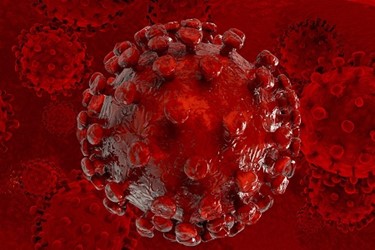The Potential For CRISPR Gene Editing In HIV
By Leala Thomas

The advent of CRISPR as a gene editing tool appears to have revolutionized drug discovery and development in a very short time. The CRISPR-Cas9 system uses short RNAs to direct the Cas9 nuclease to target specific DNA sequences. Because it uses RNA rather than a protein to target nuclease activity, CRISPR-Cas9 can be easily and accurately retargeted by synthesizing a new guide RNA (gRNA).
The gRNA also makes this technique amenable to high-order multiplexing, that is, large-scale screens using hundreds or thousands of gRNAs in a single experiment. Consequently, complex animal models that once took years to develop are now completed in just a few months and at a fraction of the cost.
CRISPR’s ease of use, early successes, and relatively low associated costs have enhanced its use in many areas of research.There are no efficient methods available to reliably deliver nucleases to HIV target cells in humans, especially to the latent reservoir of virus that exists in patients on ARTs. Although CRISPR-Cas9 based treatments have been shown to work in the laboratory, there are still a number of barriers to overcome before they can be used on patients. Therapies will need to be personalized for each patient’s particular type of HIV-1 virus. Improvements in delivery are also required so that the majority of circulating T cells is targeted. If these potential cures are shown to work, they have the capacity to lower the number of people with HIV/AIDS-related health issues.
Get unlimited access to:
Enter your credentials below to log in. Not yet a member of Cell & Gene? Subscribe today.
